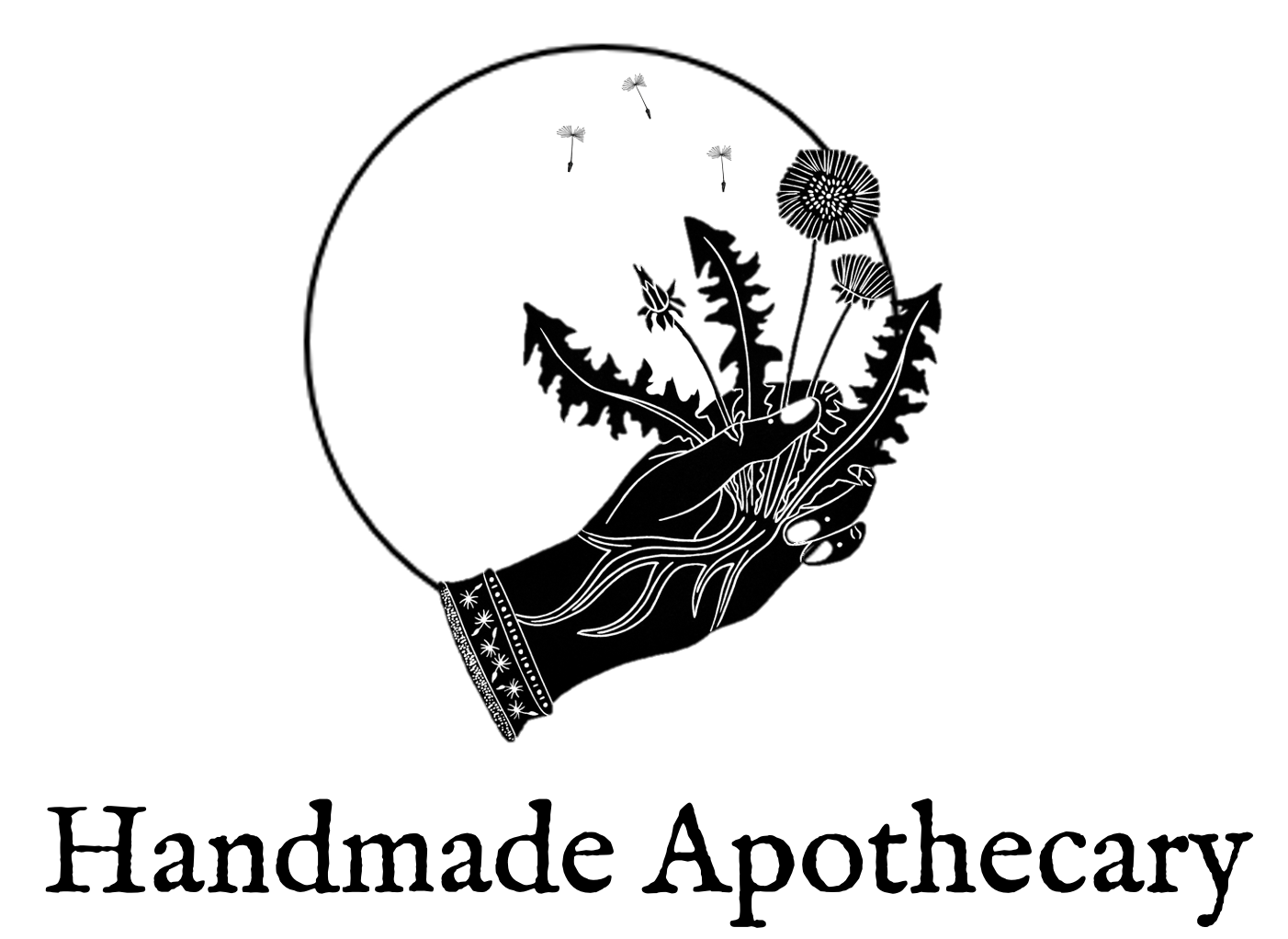On walks, we often get asked to recommend books and where to buy handy things like hand-lenses, so I have written this guide for those starting out. These are the books I use and the bits and bobs I like to keep in my bag ready for unexpected foraging ~ Kim
We'd love to hear about your favourite books and equipment for foraging - let us know in the comments.
Equipment
A fisherman's (mushroom) basket: Its curved shape hugs the hips for comfort.
Bags - lots of them! Keep a stash in your regular bag ready for when you see a clump of fresh greens you'd like to harvest. Linen is best to keep your leafy and scented flowers from sweating like they would in plastic bags. Keep a couple of plastic ones handy for tougher items such as dirty roots. Some things such as elderflowers are also better gathered in plastic so all the tasty pollen doesn't get lost.
Small tupperware - so your delicate berries don't get squashed.
Hand lens - to get close up, this is an essential part of the tool kit: handy to get to know plants, and check up on tiny identification structures, and small enough to keep around in the bottom of your bag.
Secateurs - to snip tougher stalks and stems. I keep a mini pair in my bag as they don't take up too much space but it is worth investing in a bigger pair for (branch) bark harvesting.
Pocket knife or pocket sickle - for when secateurs are too small or cumbersome, for mushroom cutting and stripping bark.
Trowel - for digging up roots. a sturdy handle and fairly sharp point are part of a good design, you can get folding ones from camping shops for space saving. If you have space, a hand fork can also be useful.
Basket - You don't NEED a basket, but having one is a good look ;) They are also the best way to keep things from getting squashed if you have precious cargo, as well as ventilated so they do not sweat. Vicky likes to use a special mushroom one that has a hole in the lid to post her mushrooms as she grazes around the forest.
ID book - the next section deals with books, but you can't take all of them and a pocket sized guide is always handy - so make a decision which you'd like to keep around. Alternatively there are some cool apps & websites that can help with ID if you have signal for your smartphone.
Notebook and/or Smartphone - To record where you have found good sources of plants. You think you may remember that great stand of nettles but you may find you can't quite recall where later! Smartphones have great quality cameras too.
Clip on macro lens - Not necessary but you can pick up clip on macro lenses for smartphones very cheap (under £5) from eBay that will give you professional ID shots for your personal use, or for posting up on instagram.
Bottle of water - ideal for washing mucky roots, tools and hands!
Books
These are my personal favourites gathered over the years, but there are plenty more out there too, find the ones that work well for you.
Beginners:
Rae Spencer & Sarah Cuttle , Wildflowers of Britain & Ireland, -A chronologically organised, relatively modern photographic guide, ideal for the beginner when keys don't cut it and knowing it is a plant found in June.
Roger Phillips - Wildflowers of Britain - The classic version of the above book.
Collins Wildflower Guide. This one, as there are quite a few versions. - A handy quick guide organised by flower colour and photographic rather than with illustrations
Intermediate+
For more serious identification books using botanical key features, which is what will create competent foraging skills, then the following are recommended:
Henk Bentje's Kew Plant Glossary - For botany geeks, this guide gives you the complete glossary of plant features, but not a necessity unless you want to become a botanist or just love having a glossary-like knowledge.
Botany in a day - using the pattern method for recognising plant families, this makes a good companion to one of the Blamey & Fritter or Rose wildflower keys. (Elpel also has some free resources that you can find on YouTube).
Online & free resources
There are lots of good Facebook identification groups. Try not to get put off by people trying to ‘strut their stuff’ by arguing. Facebook, eh. It has its price.



